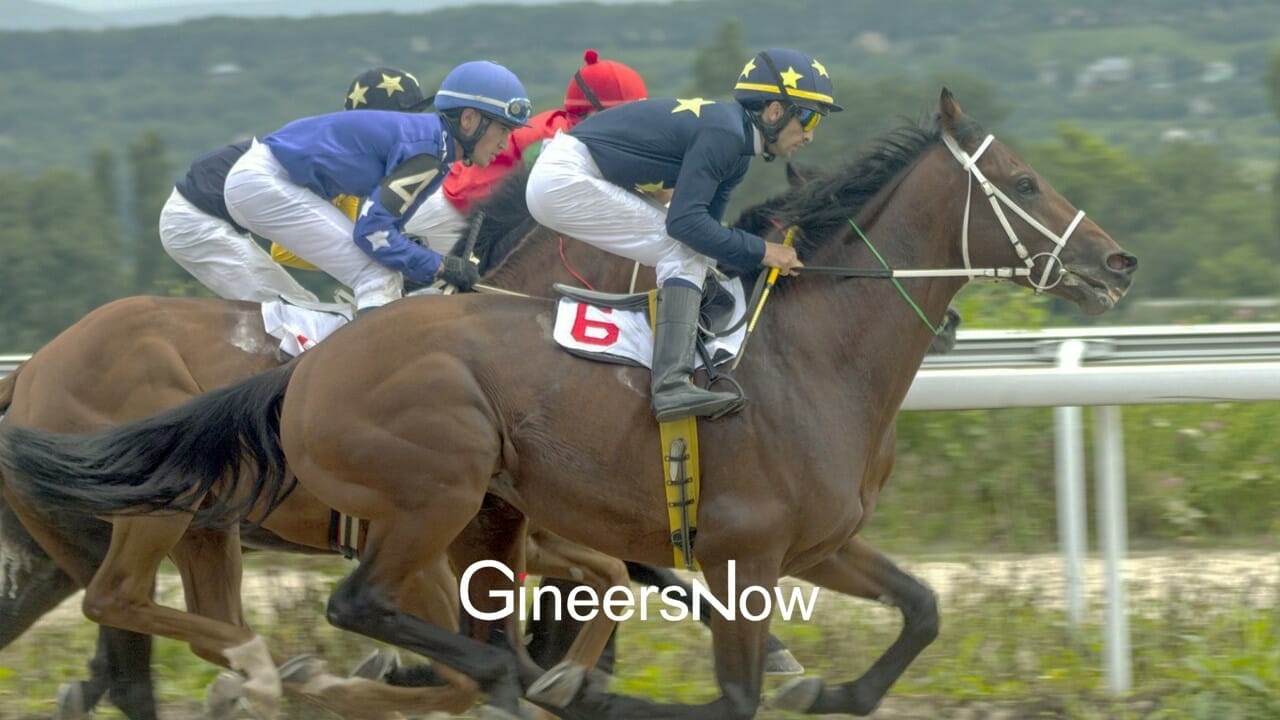Doing a triple back flip on a Bike is no joke. It gives you chills, it stops your breath for a moment, it makes your heart stop, and in the end, we all wish the flip would be successful. The stunt almost seems like magic, but did you know, there’s physics all over this performance as well? Not just that, but the people performing the act HAS to master the physics not just mentally, but physically as well. All to give you that hair-racing, heart stopping, and breath-taking performance!
World First BMX Triple Backflip – Jed Mildon May 28, 2011, Unit Clothing.
Source: YouTube, Unit
There are two important things to consider when performing the triple back flip: Time and Rate of Rotation
TIME
First of all, to be able to successfully perform this, you need to be in the air long enough for the bike person to complete the three whole rotations. So you have to go fast and you have to go high. It’s important to bear in mind that the higher you go, the longer you will stay in the air. Let’s say you launch straight up with an initial velocity V0, how long will it take for you to go back to the same height?
Here’s the basic kinetic equation:
y = y0 + vy0t – ½ gt2
If the bike will land at the same starting height, then:

Source: wired
This is just the vertical velocity. Your horizontal velocity will not be much help. But if you go straight up, you might not arrive in the same place.
RATE OF ROTATION
Next is how do we get a bike to rotate? Take this photo of a bike leaving the ramp for example.

Source: To the power of x
To be able to change the rotational angular momentum of the bike, you will require a torque around the center of gravity. If you will notice in the picture, the person leans back a bit so his center of gravity is behind the force the ramp is exerting on the bike. With this, the bike will be able to start rotating. This theory is similar with those who want to perform a front flip as well.
Okay, you’re capable of spinning now! But it’s important to note that normal spinning isn’t going to cut it. You need to spin incredibly fast. You only have a short time in the air to be able to perform the flip, if you fail you’ll still spin—but it’ll be on the ground, OUCH!
So how do you spin faster? Take note that there is nothing to push on to increase your rate of rotation. So your angular momentum will remain constant, but angular momentum is different from angular velocity. Here’s the simplified version for angular momentum.

Source: Wikipremed
L is the angular momentum, ω is the angular velocity, and I is the moment of inertia. The moment of inertia is how much mass is distributed around the axis of rotation. If the mass is closer to the axis, the moment of inertia is lower. So if the position of bike changes, so will the moment of inertia. Since your angular momentum is constant, your angular velocity will increase.
It’s amazing how Physics is responsible for all this. But don’t be fooled! The guys performing these feats are trained to perform these incredible physics! So don’t just go and perform these yourselves just because you already know the Physics behind it! Still, it’s something interesting to know!






















